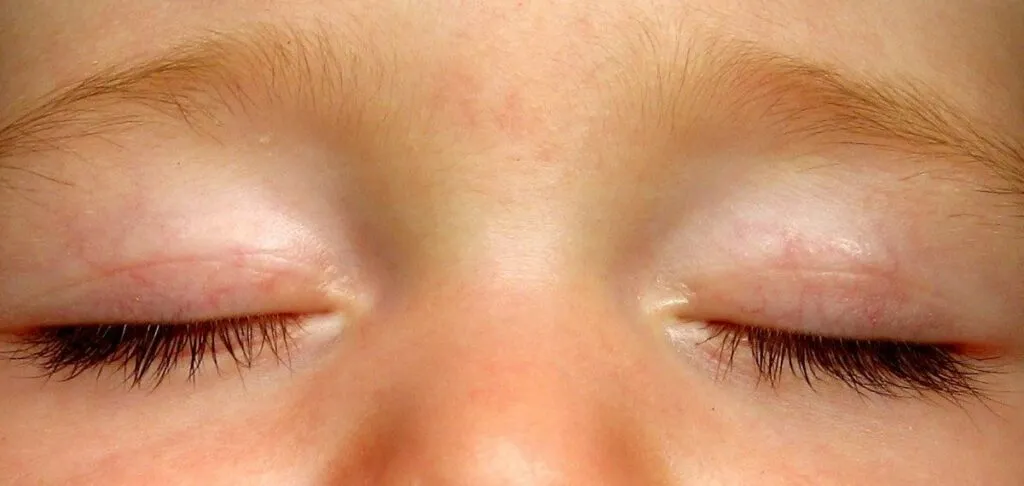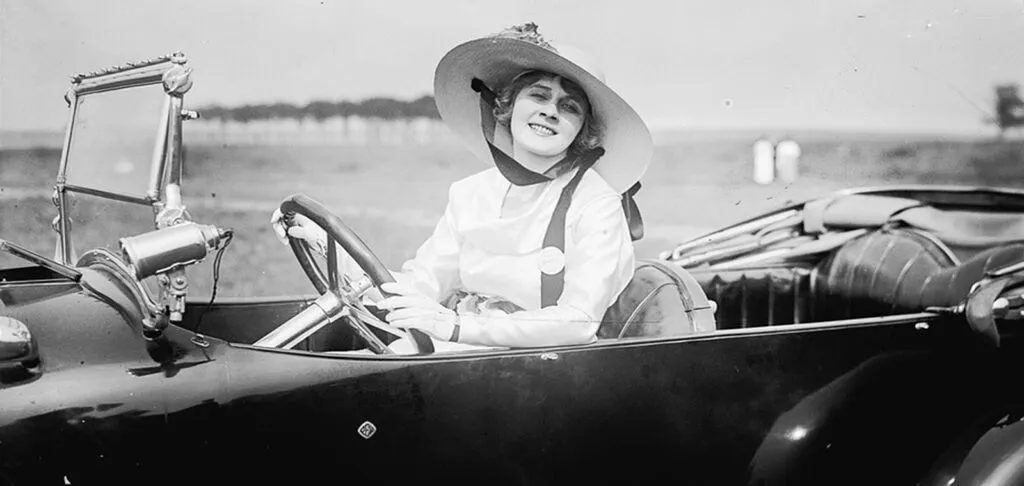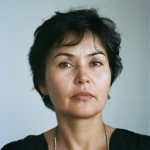

The phenomenon of Filipino healers continues to spark heated debates among experts, while people who have lost faith in conventional medicine travel to the Philippines in search of a miracle.
These enigmatic practitioners, known as “hilot” or “faith healers,” have captivated the imagination of both locals and foreigners for decades, blurring the lines between traditional medicine, spirituality, and the unexplained.
The Controversy
The controversy surrounding Filipino healers is as intense as it is longstanding. Supporters argue that these practitioners tap into unknown energies or possess gifts bestowed by a higher power.
Skeptics, on the other hand, dismiss their work as elaborate illusions designed to prey on the desperate and gullible.
The debate is further complicated by the genuine relief many patients claim to experience after treatments, even when conventional explanations seem inadequate.
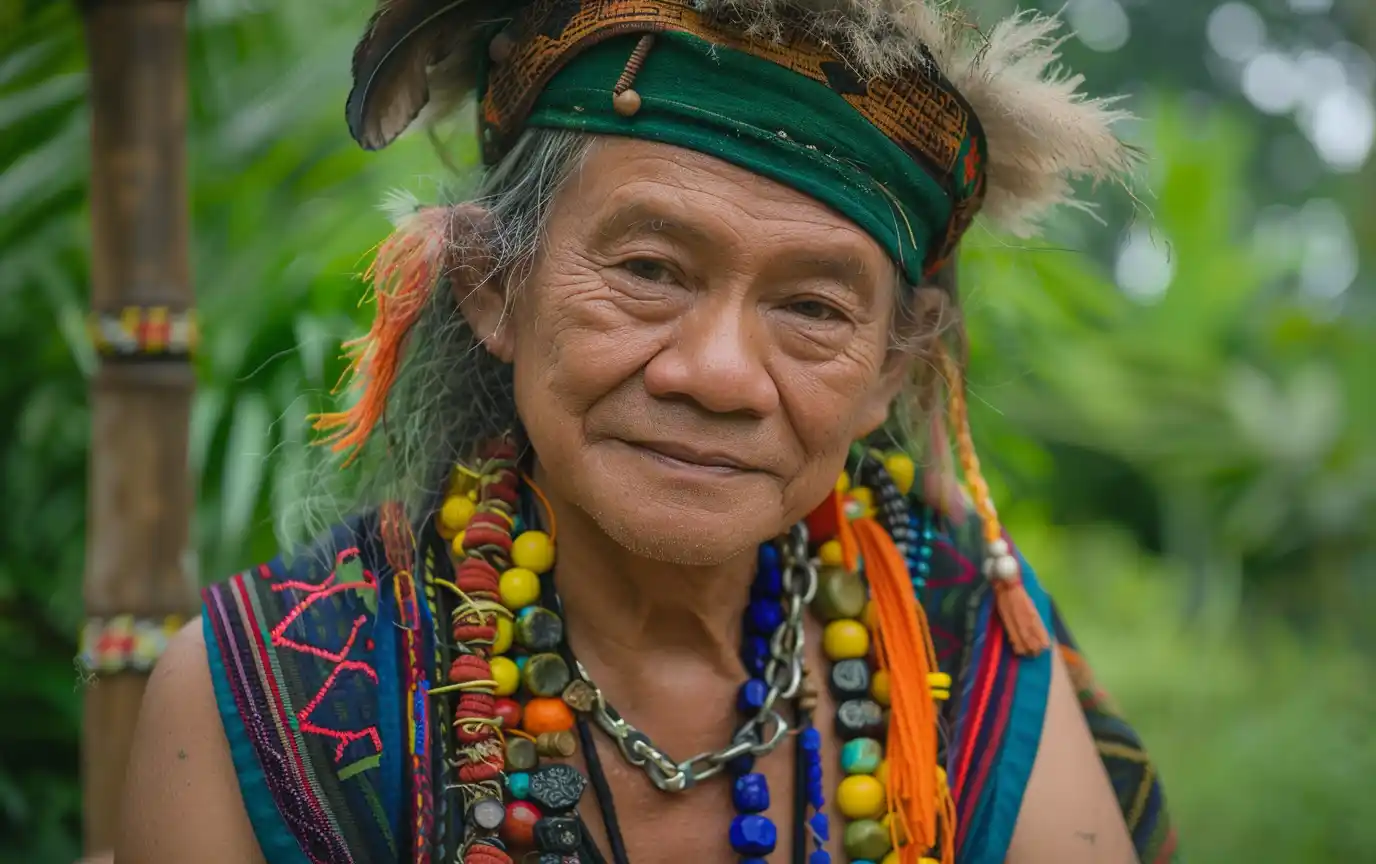
The World of Filipino Healers
Who Are the Healers?
Filipino healers come from diverse backgrounds, but they share a common belief in their ability to channel healing energies.
These practitioners are not typically formally trained in medical sciences. Instead, many claim to have received their abilities through visions, dreams, or spiritual experiences.
Some describe a moment of awakening, often following a personal crisis or illness, that revealed their healing powers.
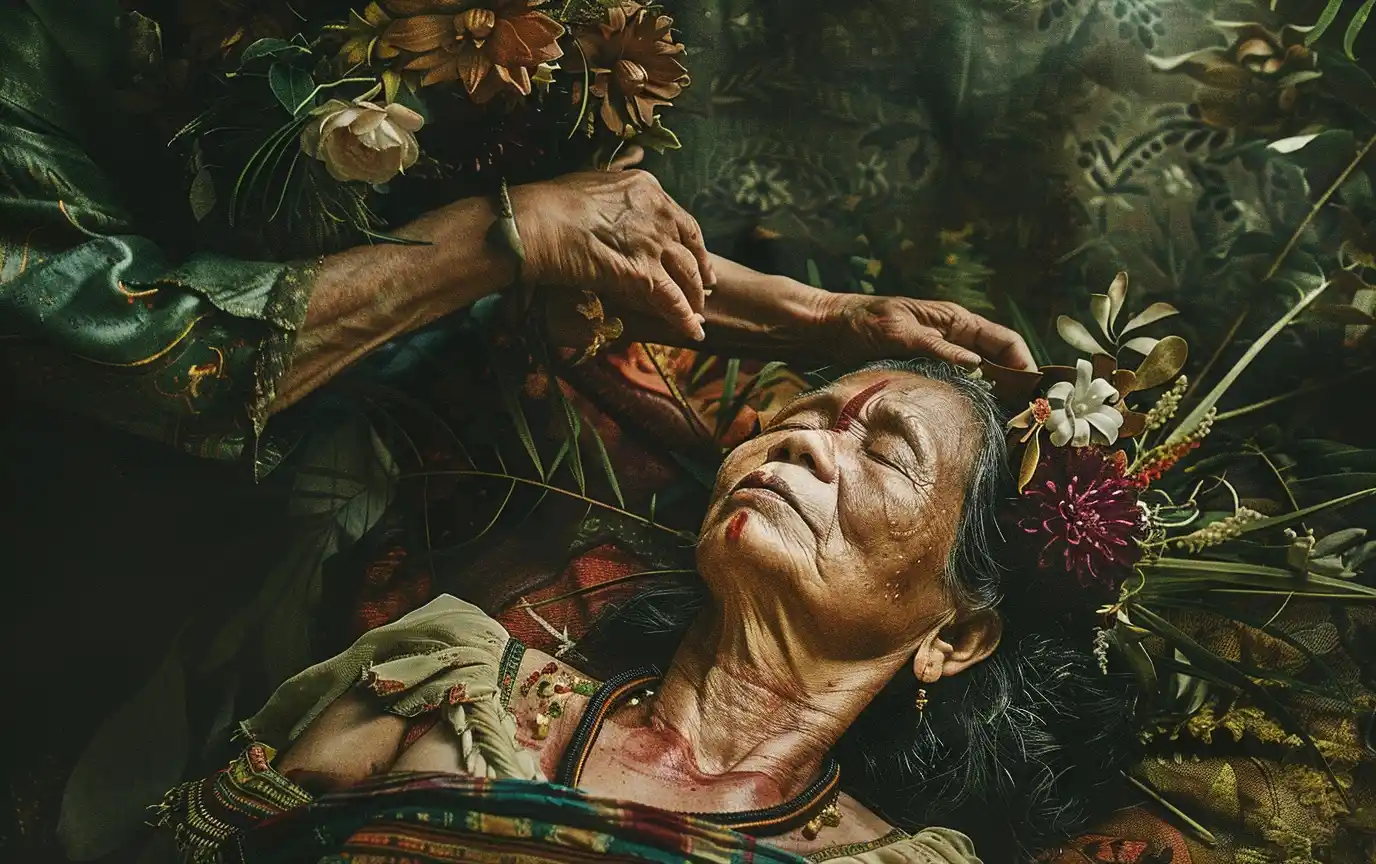
Types of Healers
The Philippines boasts a rich tradition of various healing practices:
- Hilot: Traditionally referring to midwives or massage therapists, this term has expanded to encompass a broader range of traditional healers.
- Albularyo: These are herbalists who combine plant-based remedies with spiritual practices.
- Faith Healers: Perhaps the most controversial, these practitioners claim to perform miraculous cures through divine intervention.
Geographic Concentration
Interestingly, a significant concentration of renowned healers is found in the northern Philippines, particularly around Baguio City on the island of Luzon.
This geographic clustering has given rise to various theories:
- Some attribute this phenomenon to the region’s unique electromagnetic properties.
- Others point to the area’s rich spiritual history and traditions.
Regardless of the explanation, this concentration has turned parts of northern Luzon into a hub for those seeking alternative healing methods.

Healing Practices and Techniques
Filipino healers employ a variety of methods that blend traditional practices with spiritual elements.
Their techniques, often referred to as “psychic surgery,” have both fascinated and puzzled observers for decades.
Preparation Rituals
Before beginning a healing session, Filipino healers typically engage in preparation rituals:
- Spiritual Attunement: Healers often read from the Bible and engage in prayer to align themselves with divine energies.
- Physical Changes: Some healers report experiencing physical changes, such as their fingers becoming noticeably pale.
- Mental Focus: A period of concentration or meditation is common to enter the proper state of mind for healing.
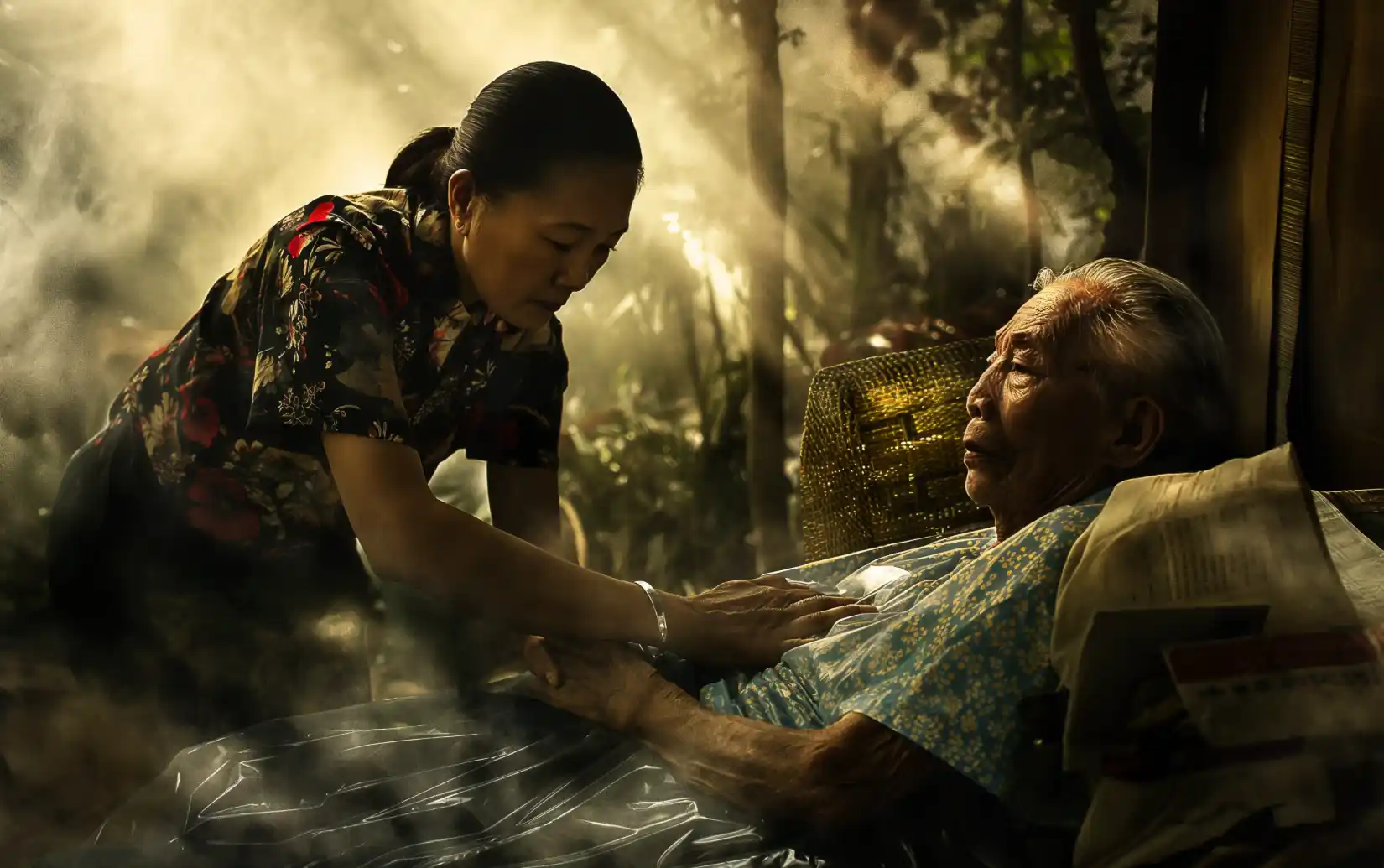
The Healing Process
The actual healing process is both swift and enigmatic:
- The healer approaches the patient silently.
- They begin by massaging the affected area.
- Suddenly, one hand appears to penetrate the patient’s body without leaving a visible mark.
- Observers often report hearing a soft slapping sound and seeing a cavity open between the healer’s fingers.
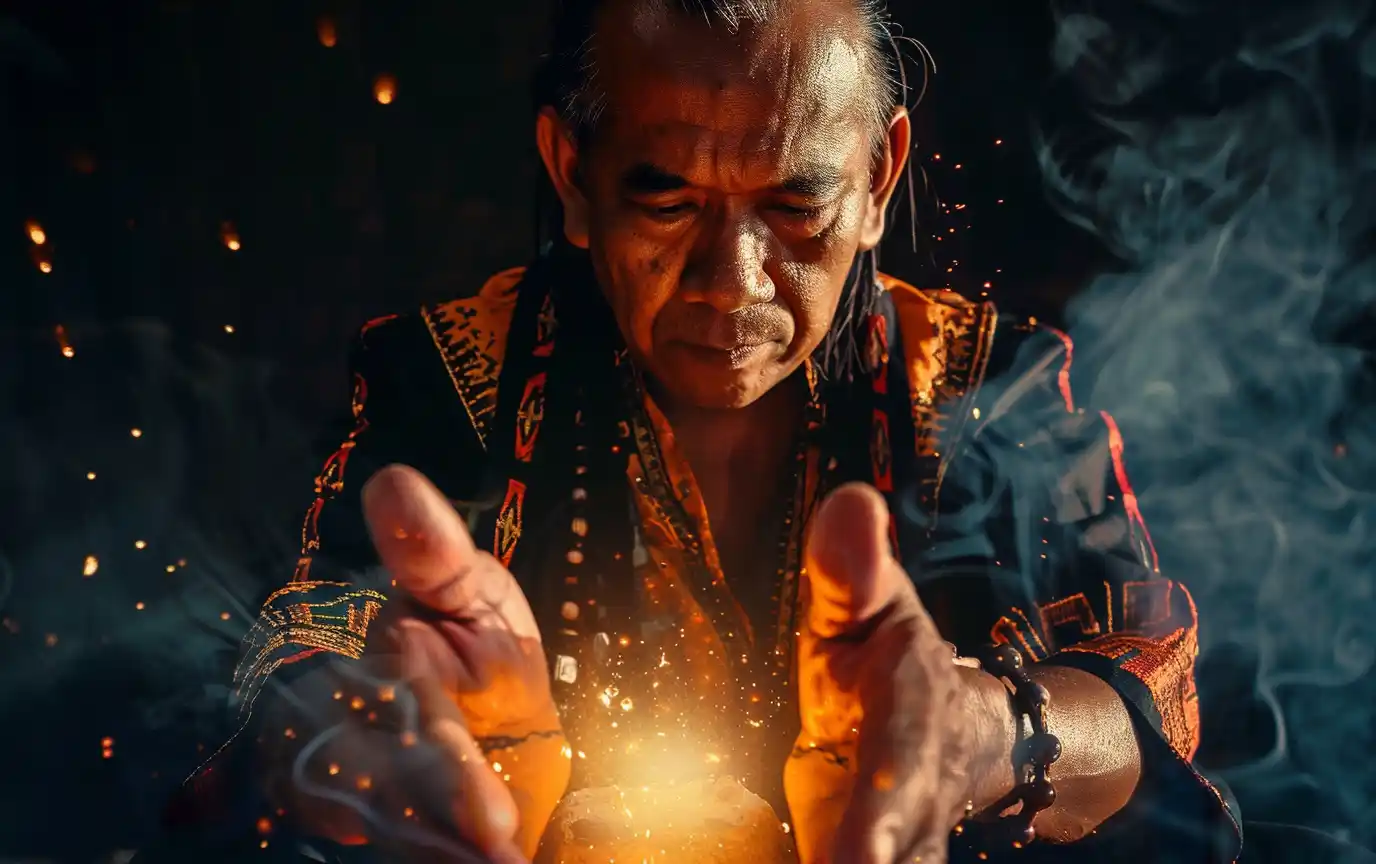
Use of Hands and “Psychic Surgery”
The core of Filipino healing practices revolves around the use of hands and the controversial technique of “psychic surgery”:
- Hand Manipulation: Healers claim to use their hands to manipulate energy fields and remove diseased tissue.
- Bloodless Incisions: Despite appearing to enter the body, no visible incisions or blood loss occur.
- Extraction of “Diseased” Material: Healers often produce what appears to be blood clots or tissue fragments from the patient’s body.
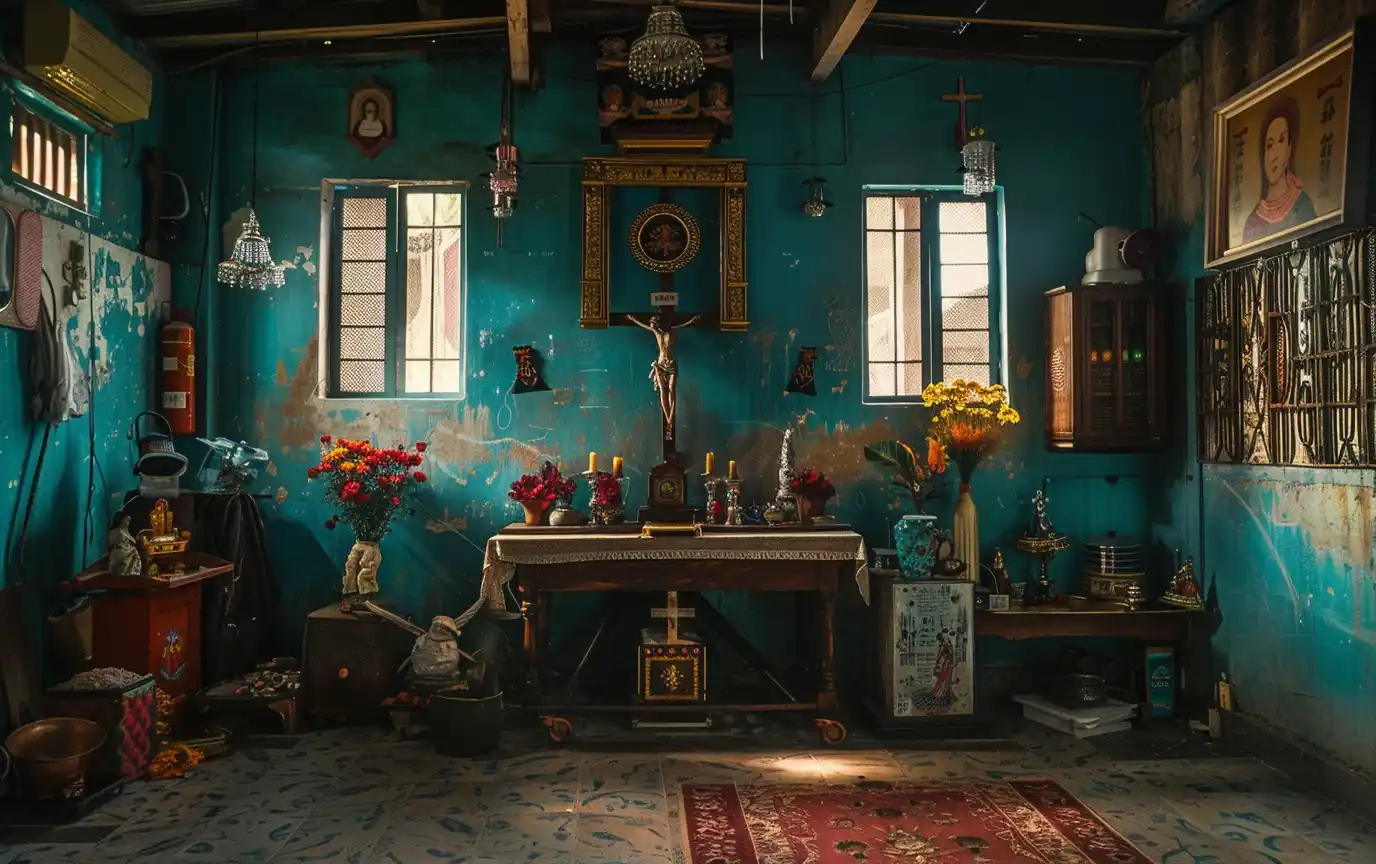
Spiritual and Religious Elements
Filipino healing practices are deeply intertwined with spiritual and religious beliefs:
- Christian Symbolism: Healing spaces are often adorned with crucifixes, images of Christ, and Bibles.
- Divine Intervention: Healers frequently attribute their abilities to a higher power, seeing themselves as conduits for divine healing.
- Prayer and Faith: Both healers and patients are encouraged to pray during the healing process.
Explanations and Theories
The phenomenon of Filipino healers has sparked numerous attempts at explanation, ranging from scientific hypotheses to spiritual interpretations.
Scientific Attempts to Explain the Phenomenon
Scientists have struggled to provide a comprehensive explanation for the healers’ apparent abilities:
- Placebo Effect: Some researchers suggest that the strong belief in the healer’s abilities may trigger the body’s natural healing processes.
- Psychological Factors: The intense emotional and mental states induced during healing sessions might contribute to perceived improvements in health.
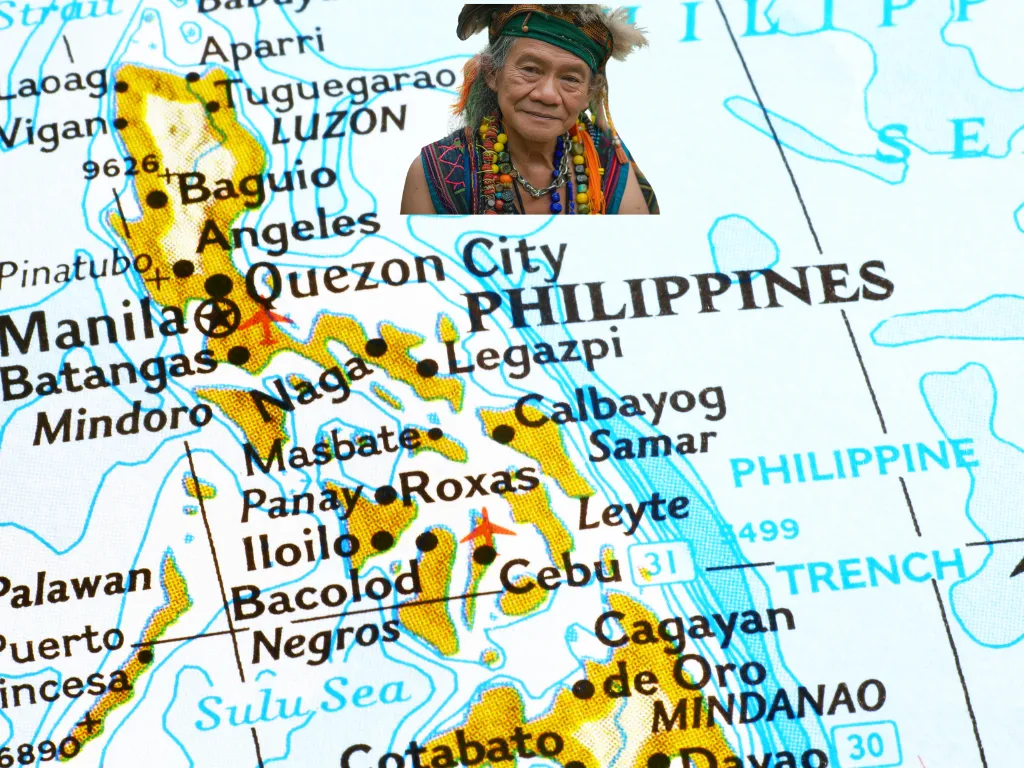
Geographical Theories
It is noteworthy that all known healers – and there are about 100 of them – live mainly in the north of the Philippines. They cannot conduct operations in other parts of the country, much less abroad.
This fact gave rise to several “geographical” theories explaining the phenomenon of healing:
- Electromagnetic Anomalies: Some propose that the region’s unique electromagnetic properties enhance healing abilities.
- Ancient Civilizations: Theories linking the healers to ancient, advanced civilizations like Lemuria have been proposed, though these lack scientific backing.
People claim that there is an unprecedentedly strong energy field around the northern part of the island of Luzon, on which the city of Baguio is located. When ships pass off the coast of the island, their instruments begin to malfunction, the same happens with helicopters – air flights are even prohibited in this area.
The second version says that the modern Philippines are part of the ancient continent of Lemuria, which sank long before Atlantis, and the healers are direct descendants of the Lemurians, who allegedly had the ability to have parapsychological contacts.
Spiritual and Supernatural Explanations
Proponents of spiritual explanations offer various theories:
- Astral Projection: Some believe healers can project their consciousness into an “astral plane” where they perform the healing.
- Energy Manipulation: Theories about manipulating “life force” or “chi” energy are common.
- Divine Intervention: Many healers and patients attribute the healing to direct divine action.
Skeptical Viewpoints
Skeptics offer alternative explanations for the healers’ apparent abilities:
- Sleight of Hand: Some argue that the healers are skilled magicians using misdirection and illusion.
- Psychological Manipulation: Critics suggest that healers may be unknowingly or deliberately using psychological techniques to influence patients’ perceptions.
- Confirmation Bias: Skeptics point out that successful cases may be overreported while failures are ignored or downplayed.
Despite decades of observation and debate, the true nature of Filipino healing practices remains a subject of intense discussion and disagreement among experts and laypeople alike.
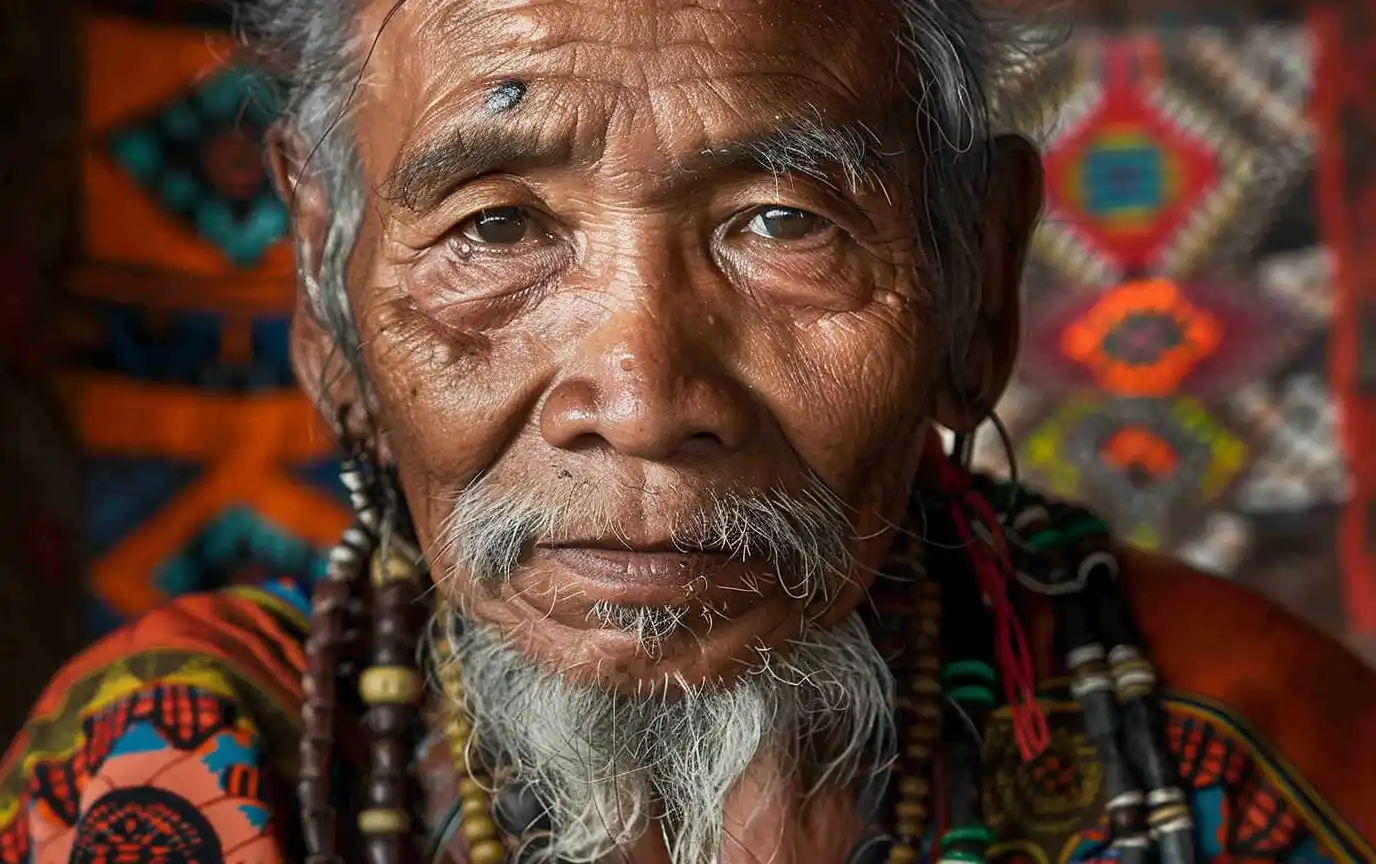
Reactions and Perspectives
The phenomenon of Filipino healers has elicited diverse reactions from various sectors of society, ranging from skepticism to acceptance.
Views from Official Medicine
The medical community’s stance on Filipino healers is generally skeptical:
- Lack of Scientific Evidence: Many doctors point out the absence of peer-reviewed studies confirming the efficacy of psychic surgery.
- Potential Risks: Medical professionals warn about the dangers of foregoing conventional treatments in favor of unproven methods.
- Placebo Effect Theory: Some physicians suggest that any perceived benefits may be attributed to the placebo effect rather than actual healing.
Despite these concerns, some medical practitioners advocate for further research into the phenomenon, acknowledging the potential for undiscovered healing mechanisms.
The Catholic Church’s Stance
Interestingly, the Catholic Church, which has a significant presence in the Philippines, has shown a relatively tolerant attitude towards healers:
- Unofficial Acceptance: While not officially endorsing the practice, the Church generally doesn’t condemn it either.
- Integration of Faith: The healers’ incorporation of Christian symbols and prayers aligns with local religious practices.
- Cautious Approach: The Church encourages believers to approach such practices with discernment and not to abandon conventional medical care.
Public Perception and Popularity
The popularity of Filipino healers remains strong, both locally and internationally:
- Local Trust: Many Filipinos, especially in rural areas, continue to seek out healers as a complement or alternative to conventional medicine.
- International Appeal: The phenomenon has attracted attention from abroad, with some foreigners traveling to the Philippines specifically for healing sessions.
- Celebrity Endorsements: Reports of high-profile figures like Ronald Reagan and Margaret Thatcher seeking treatment from Filipino healers have boosted their reputation.
However, public opinion is divided, with some viewing healers as genuine practitioners of an unexplained art, while others see them as skilled illusionists or even fraudsters.
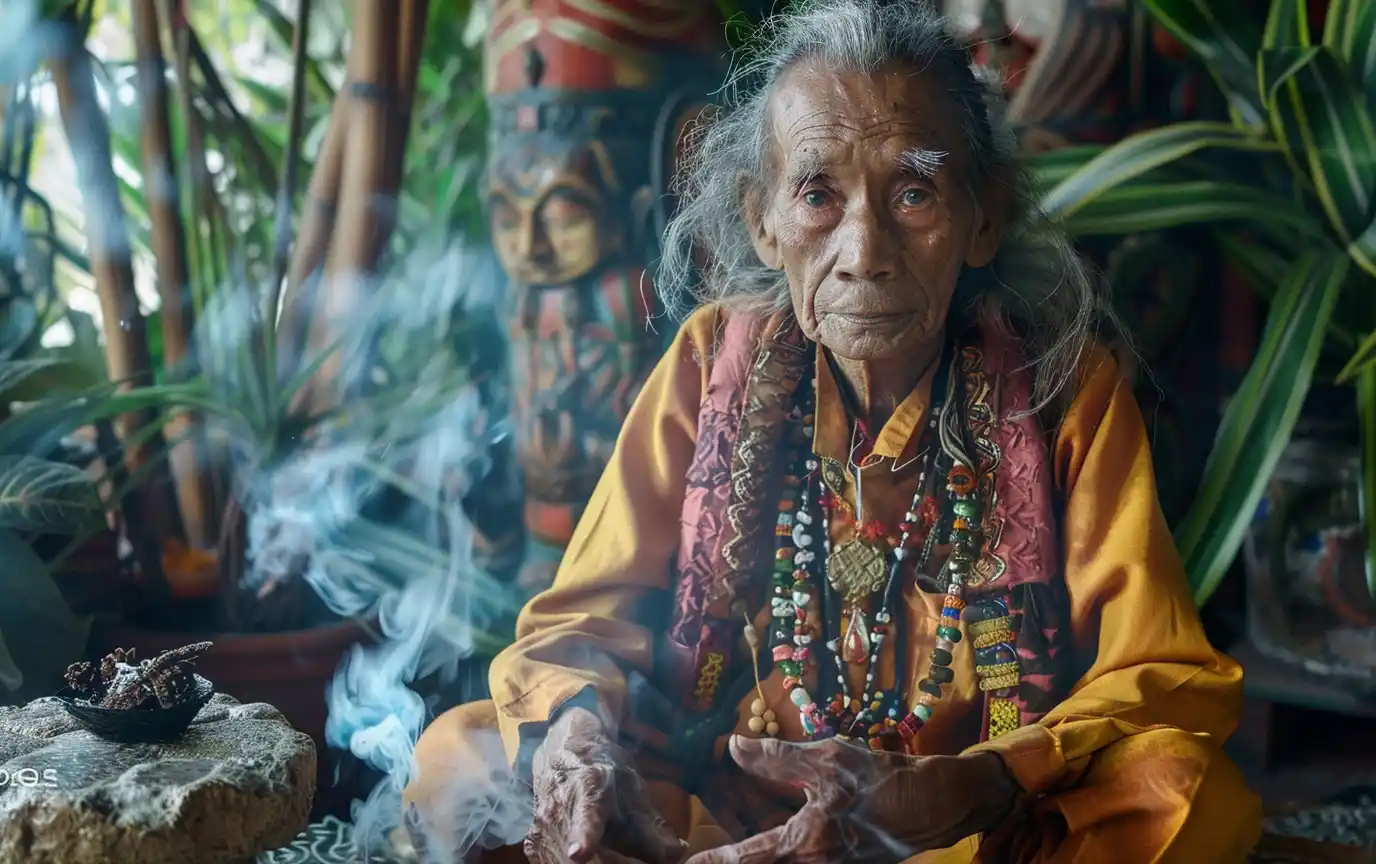
Famous Filipino Healers
Throughout the years, several Filipino healers have gained prominence for their alleged abilities and the impact they’ve had on patients and observers alike.
Eleuterio Terte
Eleuterio Terte is often cited as one of the most renowned Filipino healers:
- Origin Story: Terte claimed he began healing at age 25 after a visionary experience where a woman explained the method to him.
- Philosophy: He believed healing was a divine gift that couldn’t be learned but could be developed through constant prayer.
- Approach: Terte asserted he could help anyone, regardless of language barriers, and that there were no incurable patients.
- Legacy: Despite his fame, Terte died in poverty at 80, having never charged for his services, believing his gift was not for personal gain.
Other Notable Healers
While Terte is perhaps the most famous, several other healers have gained recognition:
- Jun Labo: Known for his dramatic healing sessions and high-profile clientele.
- Alex Orbito: Gained international attention after treating actress Shirley MacLaine.
- Placido Palitayan: Renowned for his ability to diagnose ailments through touch.
These healers, like Terte, often emphasize the spiritual nature of their work and typically do not charge for their services, viewing their abilities as a divine gift to be shared freely.
The stories of these famous healers continue to fuel the ongoing debate about the nature of their abilities and the role of faith and belief in healing processes.
Healers Around the World: A Global Phenomenon
While Filipino healers have gained significant attention, similar practitioners with reputed extraordinary healing abilities can be found in various parts of the world.
These healers often share common themes in their practices, such as the use of spiritual or energetic techniques, despite their diverse cultural backgrounds.
Brazilian Spiritual Healers
In Brazil, spiritual healers known as “mediums” have gained both national and international recognition:
- John of God (João de Deus): Perhaps the most famous Brazilian healer, John of God claimed to channel spirits of deceased doctors and saints to perform psychic surgeries. His healing center in Abadiânia attracted thousands of visitors from around the world before controversies arose.
- Spiritist Healing Centers: Brazil has numerous spiritist centers where mediums perform “spiritual surgeries” without physical interventions, claiming to manipulate the patient’s energy field.
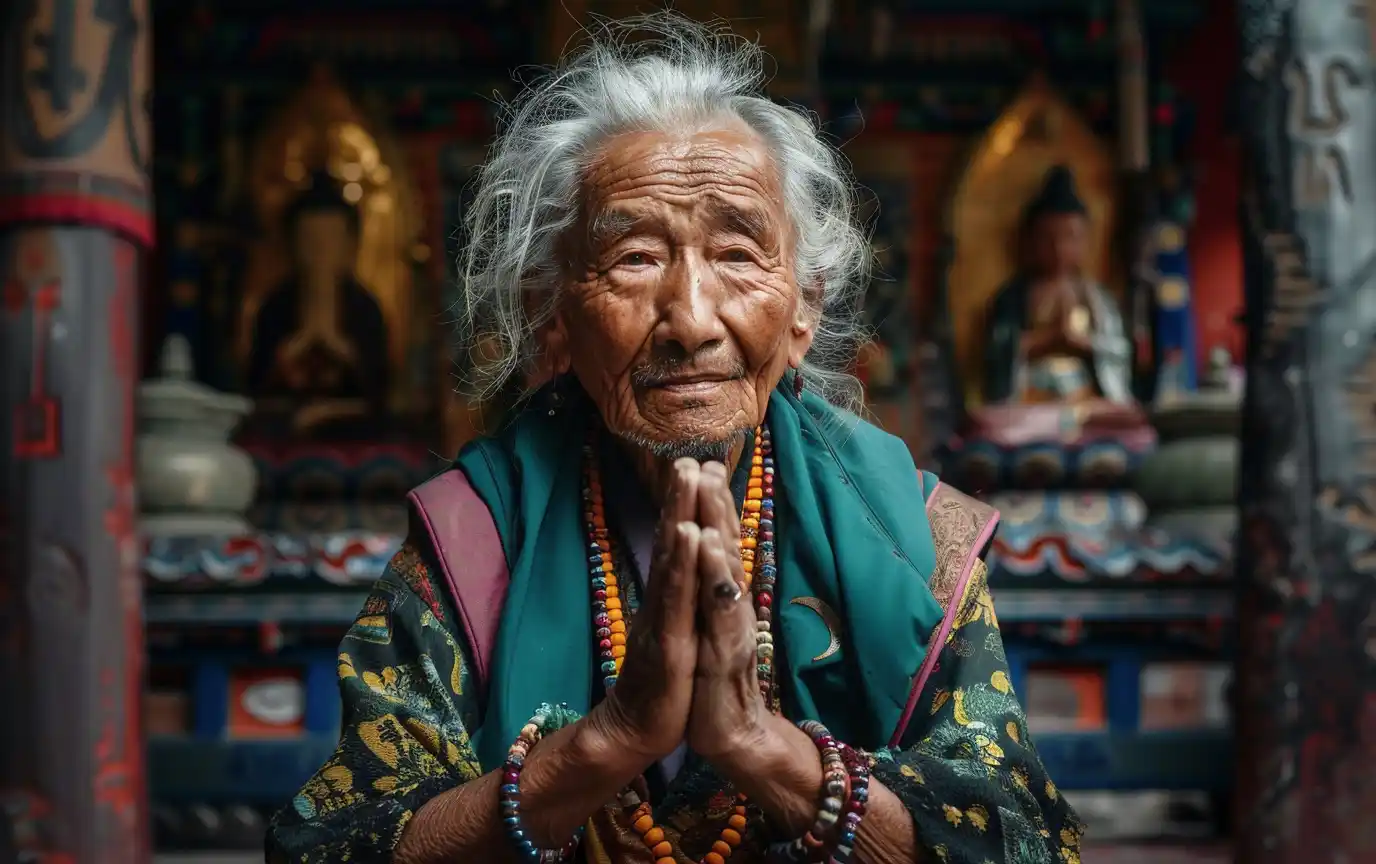
Tibetan Medicine Practitioners
Tibetan medicine, known as Sowa Rigpa, has a rich tradition of holistic healing:
- Tibetan Lamas: Some high-ranking Tibetan Buddhist lamas are believed to possess healing powers through their spiritual practices and the use of mantras, empowered substances, and energy manipulation.
- Amchis: Traditional Tibetan doctors who combine herbal medicine, spiritual practices, and energy work in their healing approach.
Native American Medicine Men and Women
Various Native American tribes have long-standing traditions of spiritual healing:
- Shamans and Medicine People: These individuals are believed to have the ability to communicate with spirits and channel healing energies. Their practices often involve ceremonies, herbs, and spiritual interventions.
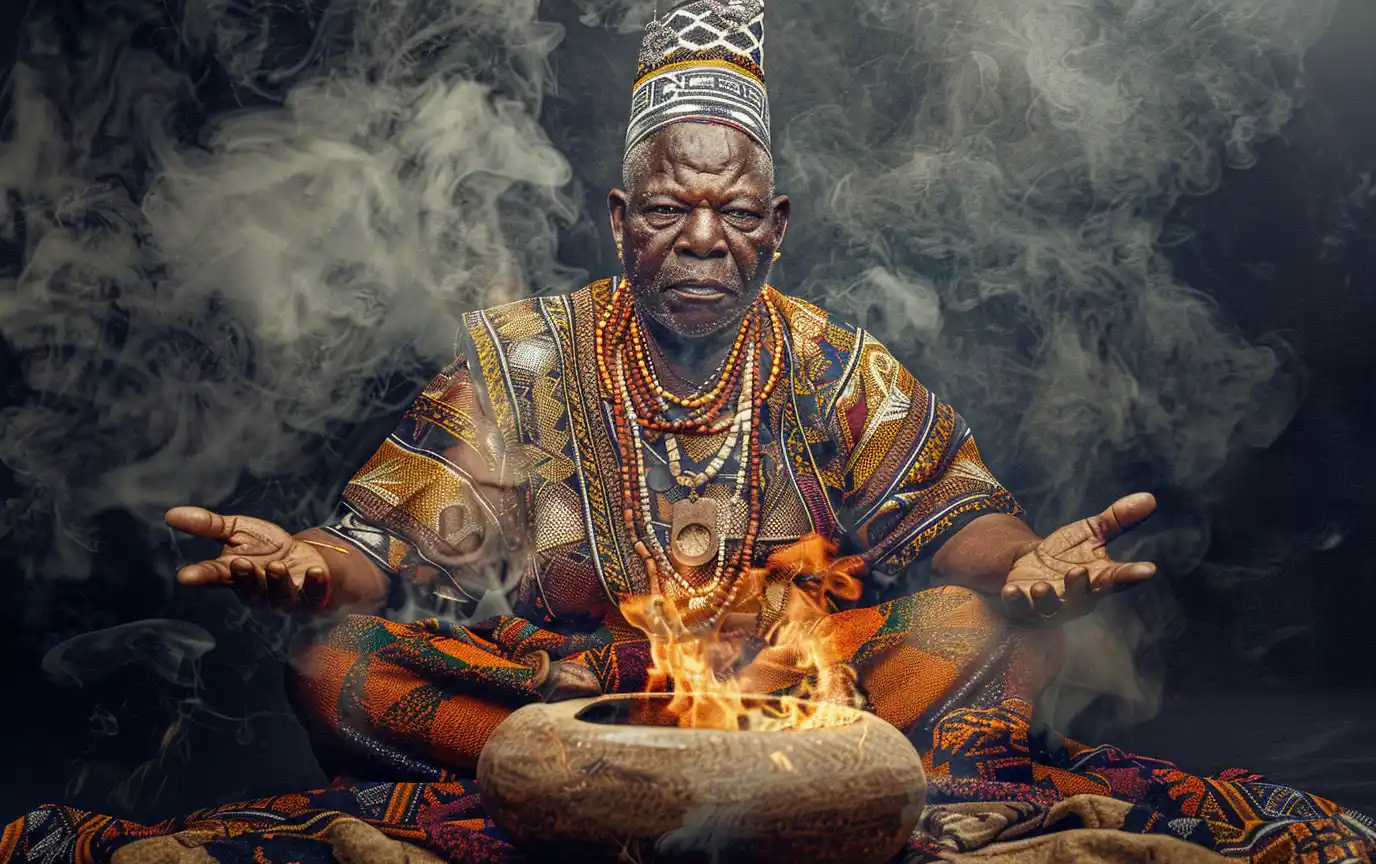
African Traditional Healers
Africa has a rich tradition of spiritual and energetic healing practices:
- Sangomas: In Southern Africa, particularly among the Zulu, Xhosa, and Ndebele peoples, sangomas are traditional healers who are believed to have the ability to communicate with ancestral spirits and channel healing energies.
- Ngangas: In Central Africa, these traditional healers are known for their spiritual healing practices and use of herbs and rituals.
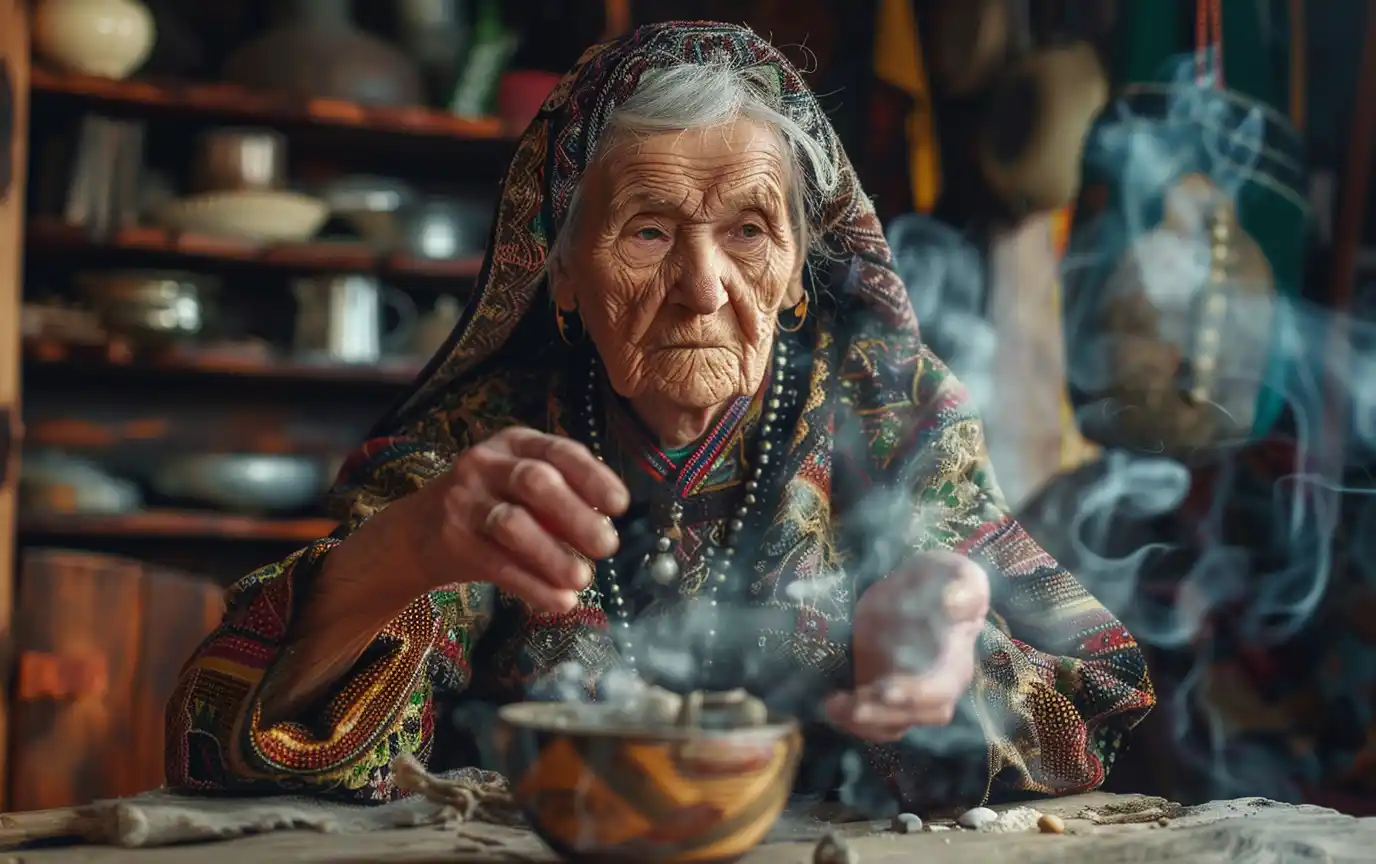
Russian Folk Healers
Russia has its own tradition of folk healers with reputed extraordinary abilities:
- Babka: Elderly women in rural areas who are believed to possess healing powers, often using a combination of herbs, prayers, and energy manipulation.
- Extrasense: During the Soviet era and after, individuals claiming psychic and healing abilities gained popularity, with some becoming nationally recognized figures.
While the specific techniques and cultural contexts vary, these healers often share common elements with Filipino healers, such as:
- Claims of spiritual or divine guidance
- The use of energy manipulation or psychic abilities
- Holistic approaches to healing that address body, mind, and spirit
- Strong cultural and traditional roots
- Controversy and skepticism from the scientific community
It’s important to note that while these healers have gained significant followings and anecdotal success stories abound, scientific evidence supporting their claimed abilities remains lacking.
As with Filipino healers, the practices of these individuals continue to spark debates about the nature of healing, the power of belief, and the boundaries of conventional medicine.
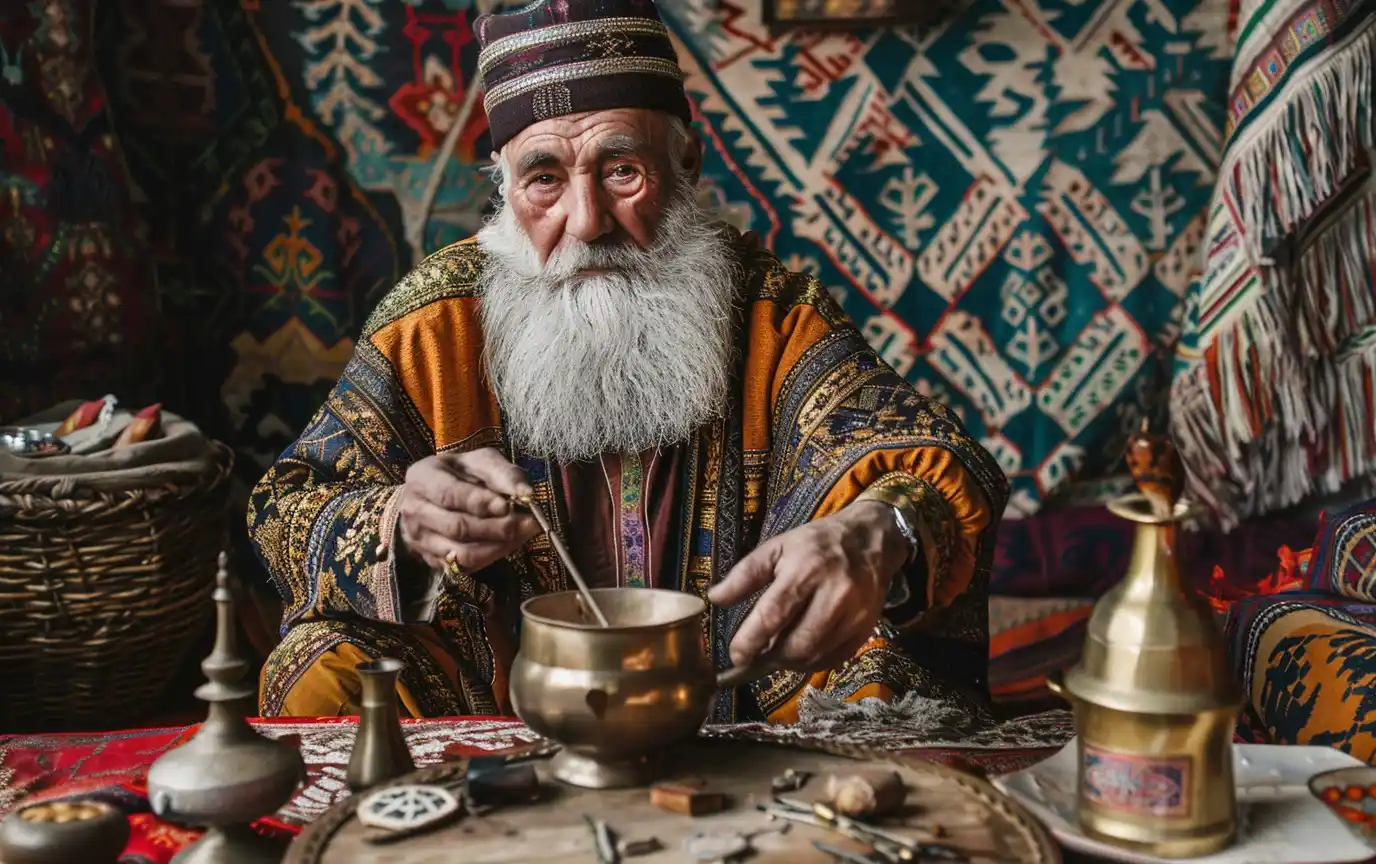
Traditional Healers in Uzbekistan
As a resident of Uzbekistan, I’ve had the opportunity to observe and learn about our own traditional healing practices, which share some similarities with Filipino healers while maintaining their unique cultural characteristics.
Табибы (Tabibs): Uzbekistan’s Traditional Healers
In Uzbekistan, traditional healers are known as “табибы” (tabibs), a term derived from Arabic that roughly translates to “doctor” or “healer.”
These practitioners have a long history in Central Asian medicine, with roots tracing back to ancient times.
Key aspects of tabib practices include:
- Holistic Approach: Like Filipino healers, tabibs often take a holistic view of health, considering the patient’s physical, mental, and spiritual well-being.
- Herbal Medicine: Many tabibs are skilled in the use of medicinal herbs, a practice that has been refined over centuries in Central Asia.
- Energy Manipulation: Some tabibs claim to be able to manipulate energy fields, similar to the concepts found in other traditional healing systems.
- Spiritual Elements: While not as overtly religious as Filipino healers, many tabibs incorporate spiritual elements from Islam and pre-Islamic beliefs into their practices.
Кўз бўйи (Koz boyi): The Evil Eye Healers
A specific type of traditional healer in Uzbekistan specializes in treating the “evil eye” or “кўз бўйи” (koz boyi).
These practitioners use a combination of prayers, rituals, and sometimes physical treatments to ward off negative energies believed to cause illness or misfortune.
Modern Context and Challenges
While traditional healing practices remain popular in some parts of Uzbekistan, particularly in rural areas, they face challenges in the modern era:
- Regulation: The government has made efforts to regulate traditional medicine, requiring practitioners to obtain licenses.
- Integration with Modern Medicine: There’s an ongoing debate about how to integrate traditional practices with contemporary healthcare.
- Skepticism: As in many countries, there’s a divide between those who trust in traditional methods and those who are skeptical of practices not validated by modern science.
Despite these challenges, traditional healing remains an important part of Uzbekistan’s cultural heritage, with many people still seeking out tabibs for various ailments, especially when conventional medicine fails to provide relief.
While the practices of Uzbek traditional healers may not be as dramatic or internationally renowned as those of Filipino psychic surgeons, they represent a fascinating aspect of our local culture and medical traditions.



